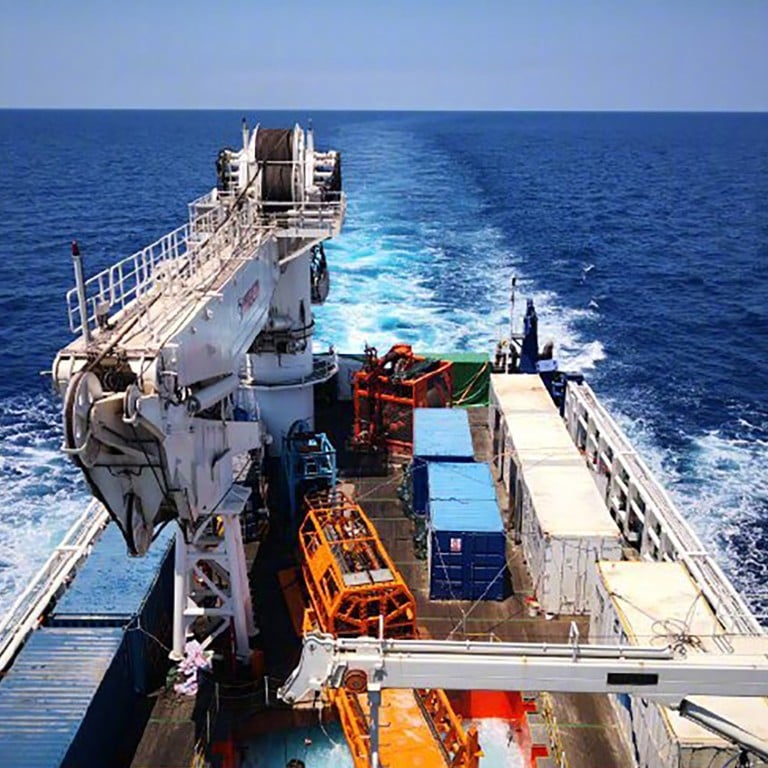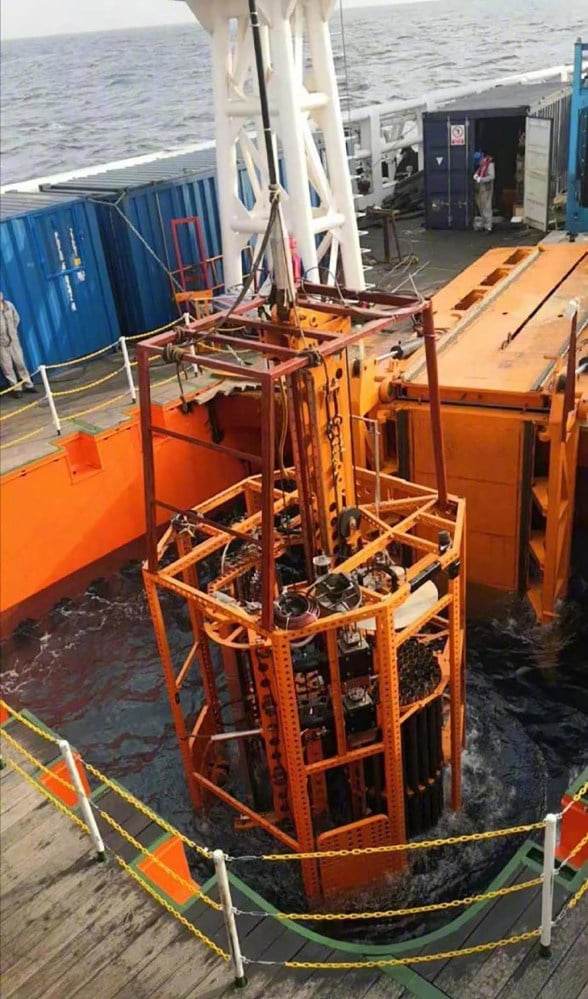
Chinese scientists drill in contested South China Sea amid rising tensions
- They retrieved sediment core from the seabed in an unknown location on Wednesday, according to state media
- Observers say deep water oil and gas exploration technology has made significant progress and activities will have the region on alert
They retrieved the sediment core – measuring 231 metres (758 feet) – using a Chinese-made drilling system, the “Sea Bull II”, on Wednesday. It was taken from a depth of 2,060 metres (6,758 feet) in an unknown location of the waterway, state news agency Xinhua reported on Thursday.
Energy-guzzling China has been stepping up oil exploration activities for years in a bid to reduce its dependence on imports from foreign countries.

Zhang Yanqiang, president of the Yellow Sea and Bohai Sea Research Institute at Dalian Maritime University, said the latest activities indicated that the Chinese deep water oil and gas exploration technology had made significant progress.
“China’s capabilities in this field have now surpassed most other countries’ and it can now independently explore oil and gas resources in the South China Sea without having to work with foreign parties,” Zhang said.
“But given that China has sovereignty disputes with several other claimants over vast areas of the South China Sea – which contains rich reserves of energy resources including natural gas and oil – these capabilities will have other countries in the region on alert, and nations like Japan and the US are also likely to make a fuss about this,” he said.
Spratly Islands, Diaoyu, Bay of Bengal: is a storm brewing in Asia-Pacific waters?

Lin Yongxin, director of the National Institute for South China Sea Studies’ Maritime Silk Road Research Institute, said although the location of the drilling on Wednesday was not disclosed “there are several places where depths are more than 2,000 metres in the South China Sea, including in the northwest and southern parts”.
But he said it was done to test the equipment and for research purposes rather than oil exploration.
While there is no clear authoritative estimate of the energy reserves in the South China Sea, the US Energy Information Administration has put them at about 11 billion barrels of oil and 190 trillion cubic feet of natural gas, most of it located along the margins and not under disputed islands.

